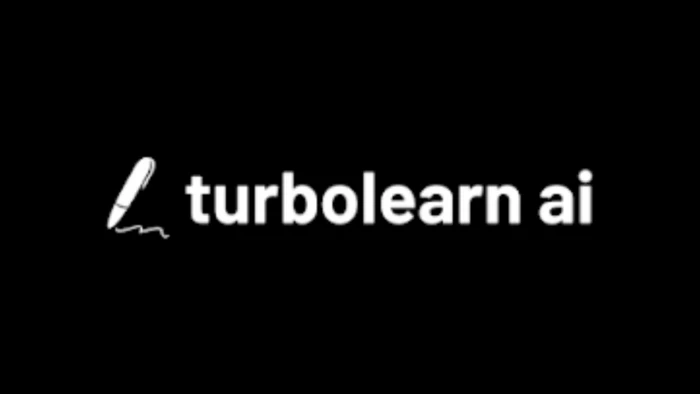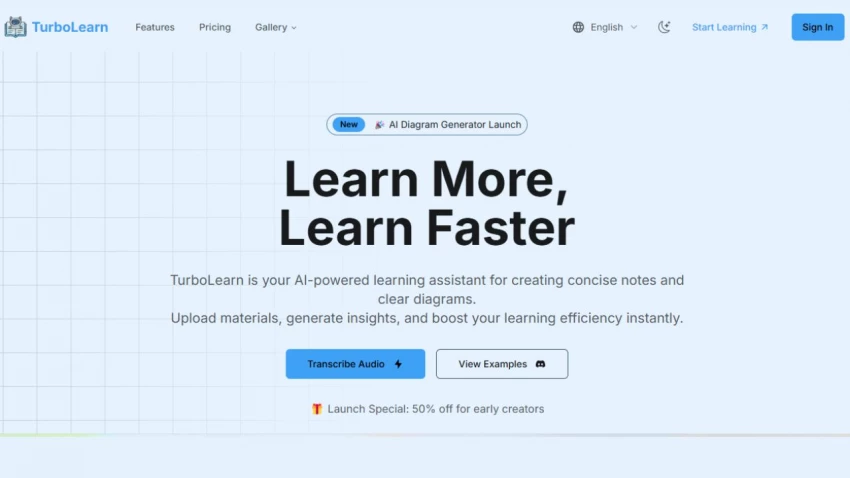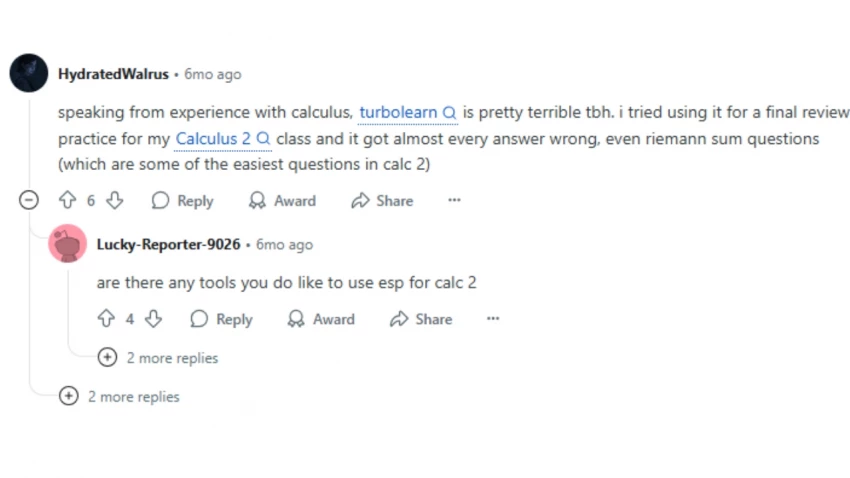

Artificial intelligence in education is no longer a futuristic idea—it’s happening right now. Among the many platforms entering this space, TurboLearn AI has been gaining attention for the way it blends adaptive learning with AI-driven insights. But how effective is it really for learners and educators? Let’s take a closer look.
TurboLearn AI is an AI-powered learning platform designed to personalize the learning experience. Instead of offering one-size-fits-all lessons, it adapts content based on a student’s progress, strengths, and weaknesses. The goal is to make learning more engaging and efficient by tailoring it to individual needs.

Here are what TurboLearn AI tends to do well, based on independent reviews and user feedback:
| Feature | What it does well / why people like it |
|---|---|
| Multi-format input | You can upload audio, video, PDFs, PowerPoint, YouTube links. The tool will extract important content, transcripts, summaries. |
| Generated study materials | Creates flashcards, quizzes, summaries automatically, which helps with active recall and spaced repetition. |
| Chat-with-notes / AI Q&A | You can ask questions about your own materials; the AI refers back to your uploaded content to explain things. |
| Podcast-style / audio review | For those who prefer listening, TurboLearn can convert materials into a podcast/audio-format. Good for on-the-go revision. |
| Cross-platform sync & convenience | Web + mobile app syncing. Good for switching devices. |
| Motivation / progress tracking | Users mention features like knowledge or mastery tracking, reminders, seeing what you haven’t learned well yet. Helps with consistency. |

No tool is perfect. Here are areas where TurboLearn AI tends to fall short or where users have raised concerns:
| Limitation | What people report or what seems questionable |
|---|---|
| Accuracy & Quality Issues | Sometimes quizzes or flashcards have errors; summaries may miss nuance or misinterpret content. Users warn not to rely on them blindly. |
| Slowness / Performance | Uploads and processing of large files (videos, long lectures) can be sluggish. Sometimes mobile UI is less responsive. |
| User Interface / Usability | Some people find navigation and organization of notes/flashcards confusing. Possibly because many features nested under menus. |
| Customer Support & Responsiveness | Reports that support may be slow. When issues arise (e.g. wrong content, bugs), resolution is not always fast. |
| Ethical / Academic Integrity Questions | Some worry that using automatic content generation (‘summaries’, quizzes) might blur the line between learning vs. cheating. Also concerns about how schools treat AI-assisted work. |

Here’s what is known about cost / free vs paid plans.
If you take the paid option, it's better suited for heavy users (many lectures, large documents) or those who really want all the features.
TurboLearn AI is a promising tool in the growing world of AI-driven education. It brings efficiency and personalization to the table, making learning more accessible and targeted. However, it should be viewed as a supporting tool rather than a complete replacement for traditional teaching methods.
Like most AI platforms, its effectiveness depends on how it’s used—students still need discipline, and educators still play a critical role in guiding the learning journey.
Be the first to post comment!